Northern Figs? Yes!
Faking The Subtropics
At first blush, the setting would not seem right for fig trees. There they were, in pots sitting on my terrace — so far so good — but with snow on the ground around them. Figs? Snow?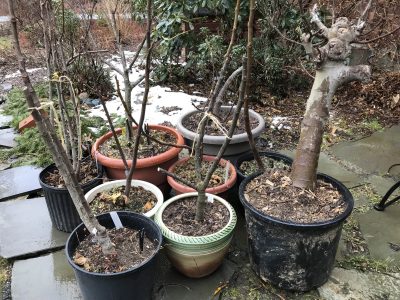
Figs seem so tropical but, in fact, are subtropical plants. And it does sometimes snow in subtropical regions. Climatewise, subtropics are defined as regions with mean temperatures greater than 50 °F with at least one month below about 64 °F. Further definitions exist but the point is that it does occasionally snow in subtropical regions; temperatures just never get very cold.
My potted figs couldn’t have survived our winters outdoors. They wintered in my basement, where winter temperatures are in the 40s. Cool temperatures are a must to keep the stored plants from waking up too early indoors, then, because the weather is too cold to move them outdoors, sprouting pale, sappy shoots in poor indoor light. Even sunny windows don’t hold a candle (pardon the pun) to sun in the great outdoors.
Sleep, Sweet Figs
My goal is to keep the plants asleep as long as possible and then to move them outdoors just as soon as temperatures are unlikely to plummet low enough to do them harm. I figure that date was yesterday, April 2nd. Most fig varieties tolerate cold down into the 20s, some even lower.
Roots of all plants have evolved in, of course, the ground, where temperatures are more moderate than the air. So they can’t tolerate as much cold as can stems. With cold penetrating the exposed soil in pots, more so the smaller the pot, I have to keep an eye on the outdoor temperature and, if it gets too low, whisk all the pots into the shelter of the garage.
In the ideal world, temperatures will slowly warm without any dramatic lows or highs, and fig buds will gradually unfold into shoots along whose length will develop and then ripen juicy, sweet Celeste, Genoa, Excel, Ronde de Bordeaux, and Rabbi Samuel figs.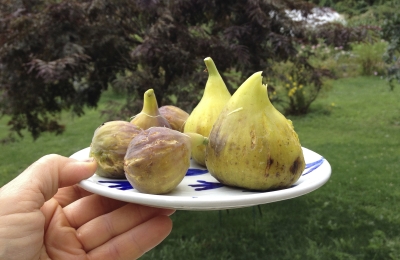
Cold concerns this time of year don’t apply to one of my potted figs, a Himalayan fig (Ficus palmata). I rooted a cutting of this plant a few years ago. It’s billed as being much more tolerant of both cold and summer rain than common figs (F. carica), both assets for a fig in this part of the world. I have yet to see fruit from this plant.
Primal Urges?
What is it about figs that makes so many people want to grow them? I know of someone in Sweden who grows them. Even someone in Canada who has a collection of over 200 varieties (www.adrianosfigs.com)! Figs are an ancient fruit with origins in the Fertile Crescent, so is it some primal connection with the distant past that is the attraction?
A big part of the attraction is, of course the flavor of fresh figs, which is unlike that of the dried fruit. Market figs don’t make the grade because figs have to be picked dead ripe for best flavor, at which point they’re too delicate to travel much further than arm’s length from plant to mouth.
As would be expected of so ancient a fruit, hundreds of varieties exist — and perhaps thousands of names because more than one name has been ascribed to many varieties. My variety Rabbi Samuel, for instance, mentioned above, is, I know a made-up name. 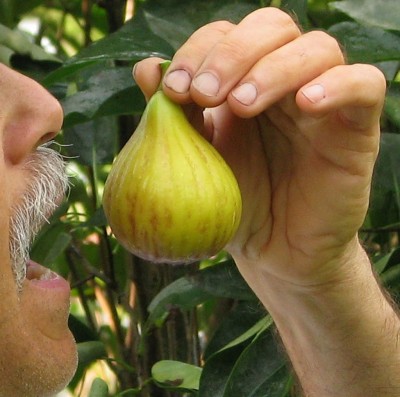 A friend made it up because he got it from some Hassidic Jews who had no name for it. And the frequently grown variety Brown Turkey is a name assigned to two different varieties, one more common on the west coast and the other more common on the east coast. And the east coast variety has a number of other names, including Everbearing, Texas Everbearing, and La Perpetuelle.
A friend made it up because he got it from some Hassidic Jews who had no name for it. And the frequently grown variety Brown Turkey is a name assigned to two different varieties, one more common on the west coast and the other more common on the east coast. And the east coast variety has a number of other names, including Everbearing, Texas Everbearing, and La Perpetuelle.
The first plant I ever grew once I got the gardening bug (in my 20s) was, in fact, Lee’s Perpetual (another name for eastern Brown Turkey). I grew it in a pot in a not very sunny window of the apartment I was renting. Not surprisingly, in retrospect, the plant never fruited.
Nowadays I think of the climate in which figs are native when growing my figs: cool, moist winters (as in my basement) and hot summers with plants baking in abundant sunlight. I now harvest plenty of figs.
Postscript April 6th: Temperatures of 22 °F perhaps prompted me awake at 3 am; I got up and lugged all 11 potted figs into the shelter of my unheated garage.

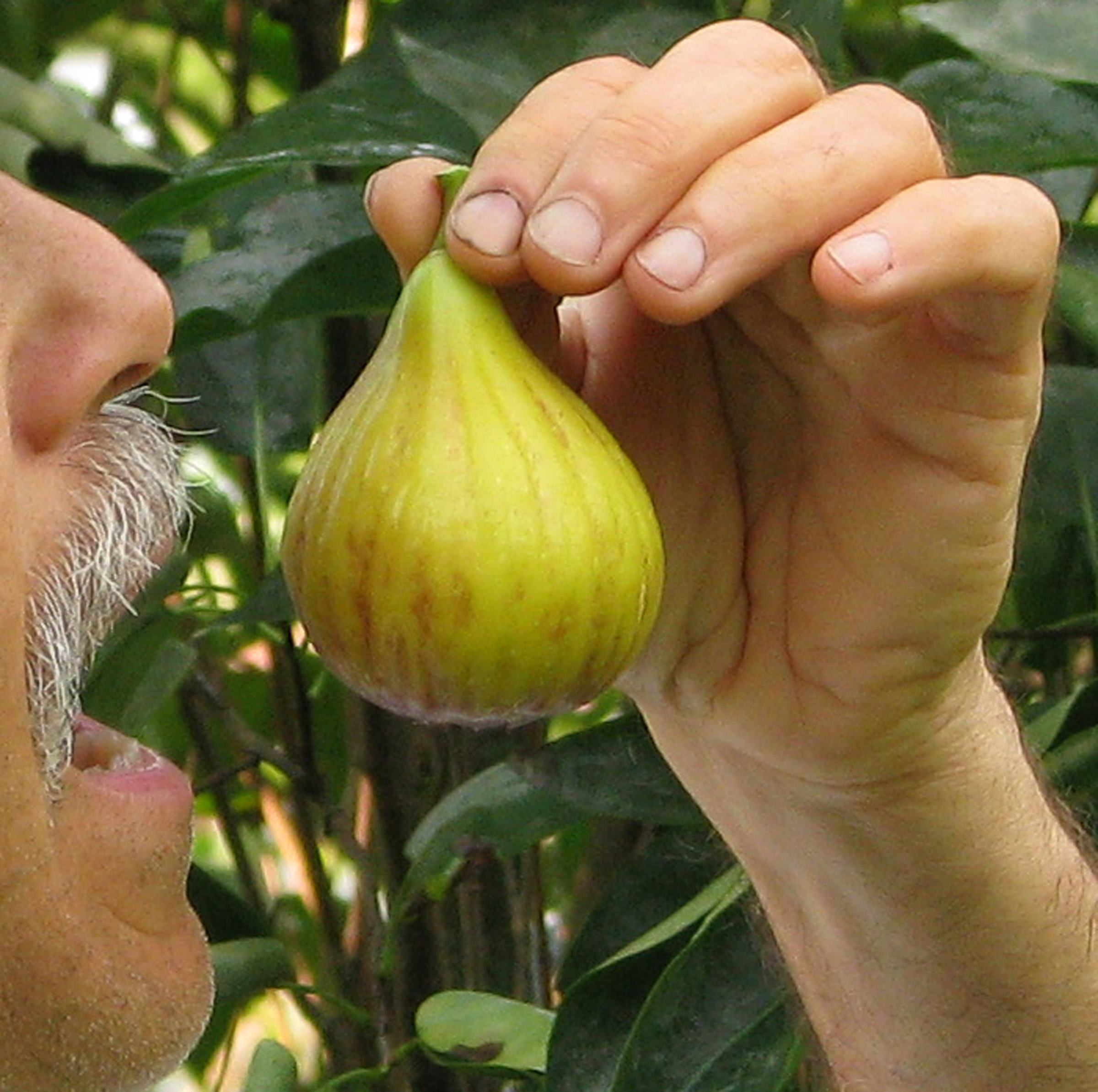
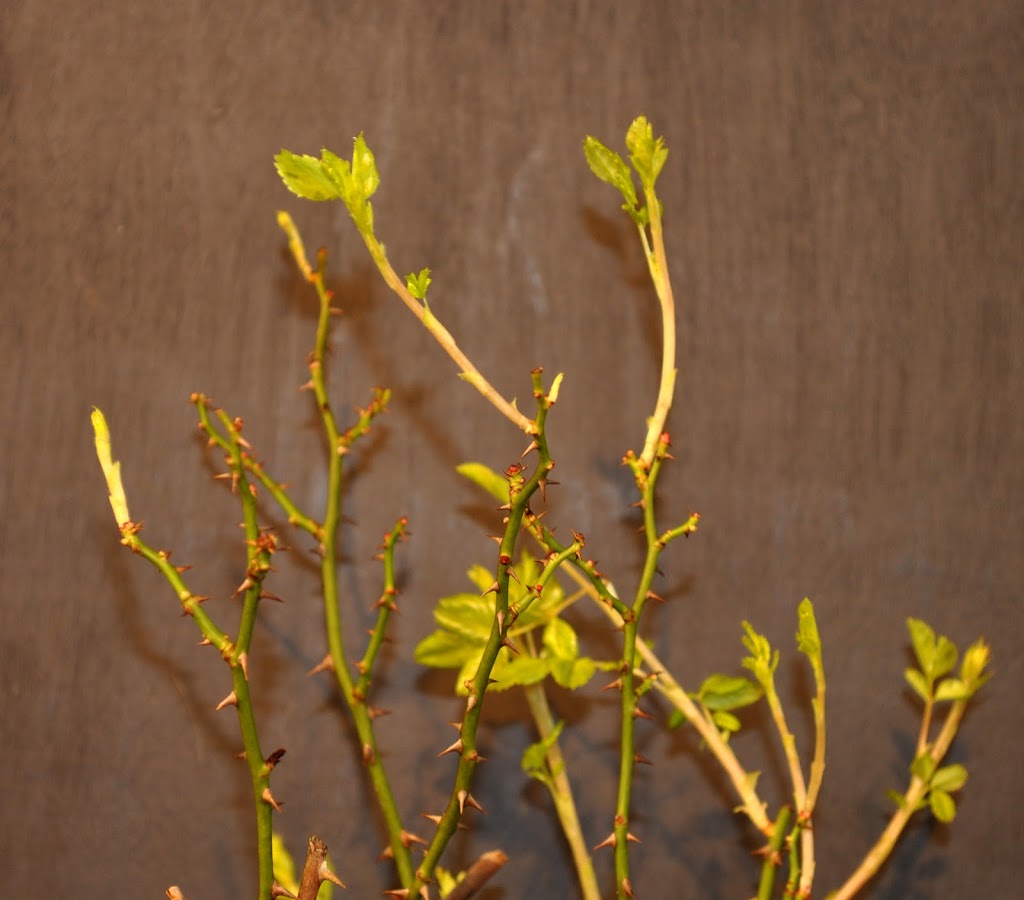
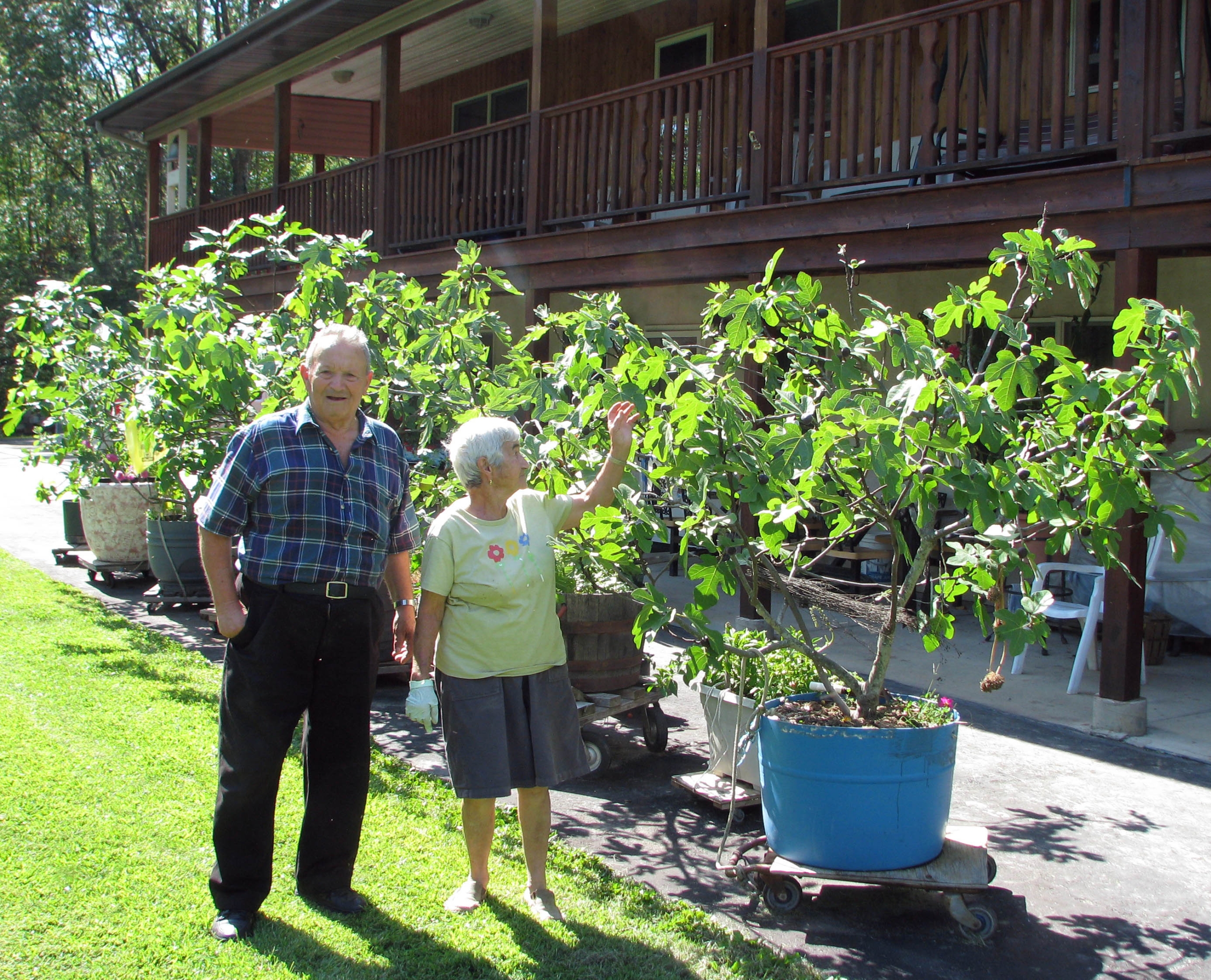

Surely it’s time to put together a book on figs?
I’m still recovering from writing The Ever Curious Gardener: Using a Little Natural Science for a Lot Better Garden which is now available from the usual sources as well as here on my website.
Fresh figs are a revelation to those that have only had dried. Our consistently cold, icy, snowy weather means that I have yet to lug my two pots up from the basement. Looks like this weekend, they will finally be seeing the light of day.
Have you heard of the Chicago Fig
I just bought one this year and will be planting it in my Northern NJ garden
Yes, I’ve heard of it. It’s among the few figs billed as “hardy.” Not really so. They are root hardy, perhaps even in Chicago. But when stems die down to the ground, there’s not enough time for the new stems to grow, bear, and ripen a crop.
I am just south of you in Plattekill and my Chicago Hardys do in fact ripen figs after dying back. They ripen all of the crop if is a long hot summer and this summer, after a long cold spring, they ripened about a quarter of their crop. They are remarkable because even when the the day temps are very low and the night temps lower they will continue to ripen-up until frost. I ran into someone from my town who has a full tree in a protected south facing wall. I am working on trialing Chi Hardy’s as well as others in my orchard to see which are the best to plant in ground here.
They ripen after dying back to the ground level?! If so, you must be in a warmer microclimate than me.
Hi. Jesse Here
I grow an assortment of exotic fruits. Figs are one. I grow 5 or so different types in zone 6. They do well in pots and put in garage. But the couple planted in ground ,like you said, dye off come back,get lots of fruit started and they do not ripen . I believe it is the Brown Turkey. So you think the Chicago Hardy will do the same. Anything I can do to keep the trunk and stem alive ? Like fool it some how. If not I will just have to drag my 20 or so 6 gallon pots of figs trees in and out of the garage each year.
Thank You for your time everybody.
I believe you’ll get the same results with Chicago Hardy. As I describe in my book GROW FRUIT NATURALLY, you can get fig stems to survive winter by putting a temporary fence around them, filling it with leaves or other insulating organic material, and then covering the top to shed water. Or you can bend stems to the ground and then cover them. In either case, do this after cold weather has settled in, probably the end of December where you are. The “temporary fence” method won’t work in colder climates.
Same here- I just got a Chicago hardy fig for my farmden here in Fairfield, VT, ( zone 4b) and wondering how to winter it properly (hopefully in the ground, but willing to transport the pot to and fro if I need). Is that too cold to insulate it?
As I’ve mentioned before, I don’t believe Chicago Hardy is any hardier than most figs. All are quite hardy, their roots in the ground, and will re-sprout. Problem is that figs that die back to ground level don’t have time to set and ripen fruits in northern regions.
I grrew figs in Brooklyn years ago , the Cornell Ext. man, Joe Amaroso, told me to build a fence around the trees, which were cut way back, & I got figs every year. But now I’ve come to Kingston, (the north pole) from being able to grow Everything in the world out in Portland. What a shock. I’m about to give up.
However, I just saw your articles & the photo of your gardform & it gives me hope. All the little front yards in this neighborhood have the same plants, blooming with the same violent & clashing colors. It’s nice to see a natural garden.
Still waiting for the fig book. But in the meantime…I have two very different potted figs. One Brown Turkey and one LSU Purple. I am thinking ahead to their storage this winter but am wondering when is the best time to prune them. I may need to prune them some to get them into the new winter storage. Any hints on how much to prune?
Prune them just before you put them in storage. Brown Turkey bears on new growth so cut back stems rather drastically, but no more than a couple of feet from ground level. Same for LSU Purple, which also bears mostly “main crop” figs.
I have a Chicago Hardy fig that suffered some significant die back from winter cold when I first planted it, but it survived and grew back from the roots. When that occurred, I no longer had a single stem tree, but a multistem shrub. Living in central Virginia zone 7a, I’ve noticed that our winters are becoming milder and after several my fig shrub is now 10 to 13 feet tall, loaded with fruit, but making harvesting the figs a challenge. Does your new book on figs explain how and when to prune such a monster plant? I could not tell from the table of contents.
The pruning methods I describe in the book should keep a plant smaller. In brief, though, Every year cut some of the oldesst stems to ground level and thin out some of the youngest stems. I hope I didn’t just kill a book sale. 🙂
Actually you made the sale! This is the first information I’ve found on pruning multi stemmed figs. I’m looking forward to getting a print copy. I’ll be letting other fig growers I know about your book. Thanks so much!
Thanks for the promo. And glad to be of help.
I have trouble getting Brown Turkey to ripen before frost in NJ, despite a south-facing brick wall behind it. I had been cutting it low and hilling up , then shredded leaves inside an adjustable plastic shell with a trash can lid on top. It comes back from the roots, but I lose the early crop that would be on last year’s branches. So now I’ve moved it to where I can bury the whole thing and will see what happens next year.
You need more of the old wood, probably a couple of feet, to survive winter in order for fruits to ripen on new shoot. Either protect the old stems better or bend them to the ground and then cover them well. Stay tuned: I cover all this in my upcoming book about figs which should be available within a year.
Hi, Jesse here
For years like everybody else have the same problems. I drag 20 or so potted figs in and out of the basement. I was lear of putting more in ground do to the figs not rippening before frost. Tried covering all that, no ripe figs. hundreds of figs but, nothing ripe. But, this year( 4years in ground) some of the branches survived. Just wondering is it maybe an age thing we all got to go though ? Or did I just get lucky? If you call getting 30 or 40 super fat tasty figs and more coming, Lucky. This particular tree is a Brown Turkey. Any how putting more in ground to see.
Different types of coarse. Good luck everybody. From Jesse in Hamurg Pa.
Hi Jesse, Probably two things going on. Yes, as I explain in my book GROWING FIGS IN COLD CLIMATES, growth that starts at ground level starts ripening later, if at all (depending on the length of your growing season). So shoots growing off a couple of feet or more of older wood will ripen sooner, which is how I will be getting ripe figs here in Zone 5 from the horizontal, low espalier that I describe in the book.
The other factor is that last winter was very mild and the growing season began early. Put together shoots growing from older wood and the long growing season and you get lots of ripe figs.
Jesse here again
Thanks for getting back to me. Question: I want to plant more of the potted figs out side in ground. What would be the best, this fall yet, or wait til spring ?
Wondering because the roots my not be established good enough by winter time.
Thank You for your time.
I would wait until spring.